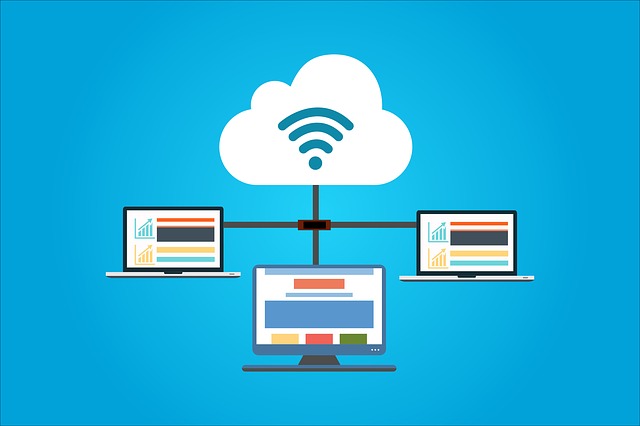
Are you ready for a different kind of cloud? Do you want to make your existing servers a native part of the Cloud? You may now, according to Subarray, a US based startup. Subarray’s“Generation 2.0” cloud platform is also less complex and more efficient by design than the regular cloud we are used to right now. Like Azure for Microsoft, Subarray says its platform is something that works “great for everyone”.
Table of Contents
What is Subarray Cloud Platform?
To understand what Subarray is doing, you need to have a basic understanding of how the cloud works. Basically, cloud computing refers to sharing of data, software, and other resources via the internet, the biggest network out there. Instead of buying your own server to store data, companies and individuals can now rely on physical servers maintained by a cloud computing provider like Microsoft, Amazon, or Apple.
This vast sharing of information makes cloud computing highly efficient and affordable compared to traditional means of storing data. But it’s not without its own problems. Subarray is aiming to solve at least one problem associated with cloud networks: the inability for a user to include or control their own servers.
The Gen 2 cloud platform is distinct from everything else that’s available because it relies on an open provider network. So the consumers of the cloud network are also its providers. Subarray refers to this system as “array computing” rather than a cloud.
The Gen2 Cloud in Use
The Gen2 cloud is defined as a distributed virtualization platform. When users sign up, they sign up their servers as well. As a result, the system is self-reliant, unlike the most popular cloud solutions offered today.
With major cloud platforms like Amazon and Microsoft, the users in the network are reliant on a centralized system managed by a corporation. Subarray steps into solve a problem here. Gen2 users can not only add their own servers, they can also add groups of servers. Subarray makes mobile-friendly software available for users to remotely manage these clusters of servers. Command line and REST API management is also available.
It’s difficult to see what Subarray can offer individual or casual users. However, the technology seems very promising for business or organizational users. The Subarray network makes it possible to use third-party software and hardware, something that is not currently possible with the major cloud providers. Business users with specific networking requirements can benefit from a system like this the most.
Users can make their server clusters public or private to any degree as preferred. So there’s generally more flexibility afforded to clients.
Conclusion
Subarray is currently in the process of adding users to their network, so it’s still very much a work in progress. New users are promised incredible-sounding perks like up to 10 times the capacity per dollar spent, compared to the average cloud package. New users can add their server to the array network and earn revenue.
Another advantage Subarray offers is that clients can utilize even old hardware to include in the network. Overall, all the third-party hardware and apps make the cloud solution affordable for everyone involved.
From the outset, the array cloud networking system sounds promising. It’s too early in the project to actually offer a conclusion in detail. If the tech works as described, Gen2 cloud will be able to dramatically transform an industry dominated by a handful of large corporations.
Learn More -> https://subarray.com/features

